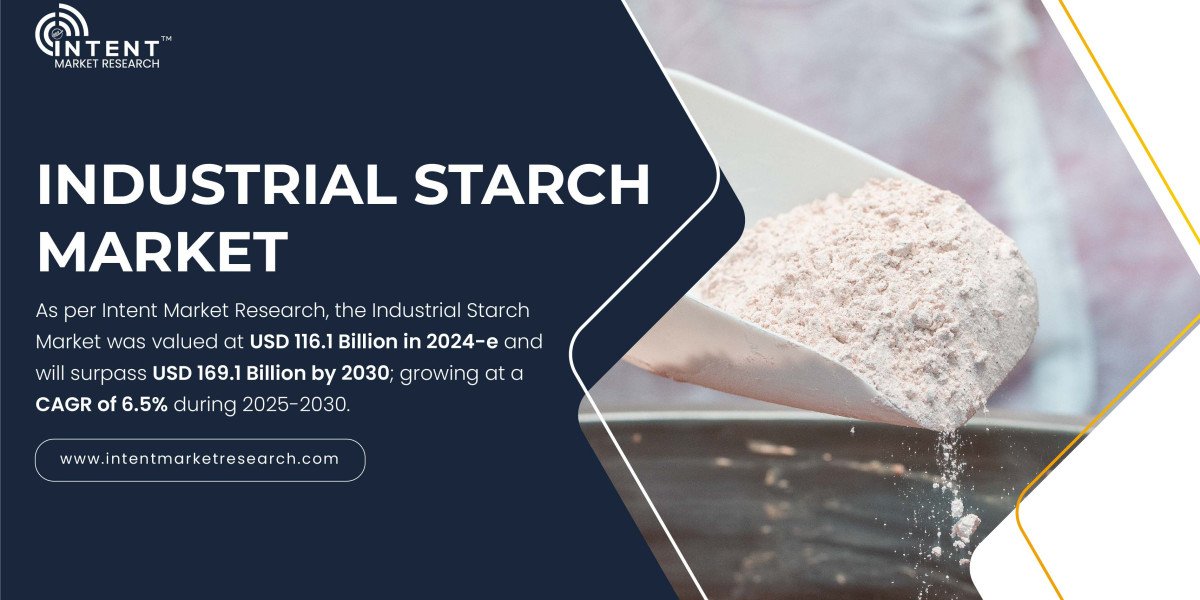Film Extrusion and Why Is It Important
Plastic fim extrusion is one of the most significant procedures in sipping and product manufacturing industries. It produced about 25% of all the thermoplastics used in the industry, especially food packaging while the rest of the extruded films are uilized in construction and agricultural machinery. During the process of plastic film extrusion, the molten polymer is pushed through a circular die. The process is repeated regularly and produces products of the same quality and precise gauge.The production of very thin gauge films involves blown film extrusion or cast film extrusion. Different types of high-quality stretch films are produced in Malaysia. Blown extrusion is similar to the simple extrusion, except for the fact that it produces verythin films. It involves extruding a tube of molten polymer through a die and expanding it multiple times to produce a thin film bubble. The bubble is then molded into different shapes. Numerous types of polymers can be used in this process. However, the majority of the stretch film manufacturers in Malaysia use polyethylene in film extrusion.
Blown films have more balanced in mechanical properties than simple or extruded films because it passes through various machines and traverse directions. Stretch film manufacturers also make sure that the thin film produced is tensile, flexible, and robust.
A large film, two smaller thin films, or other shapes of the film can be produced via blown filmextrusion.
Excessive trimming is not needed after the film is manufactured, and a single die can be used to make different shapes and sizes of the film.
Compared to the cast extrusion, the lower melting temperature is required in blown film extrusion. It reduced the cost of manufacturing
The aforementioned application shows how important film extrusion is to various industries, especially when it comes to the packaging, shipping, manufacturing, construction and agriculturalmachinery.
WHAT IS BLOWN FILM?
Blown Film is a manufacturing process that produce films of plastic sheeting and tubes. These sheets or tubes can either be fully cylindrical, or have other object inserted into them so they form useful objects like shopping bags, rubbish bags or cling wrap. In this article, we will explore what the process of blown film is and how and why you would use it. The process of blown film is reasonably simple. First you must take plastic pellets and heat them to their melting point (like injection moulding). The plastic is then forced through a cylindrical die and forms a thin walled bubble. This bubble is sustained by air, and is fed up through a scaffold where the tube continues to rise. Over this length, the plastic begins to cool. Once it has cooled enough, it is collapsed down on itself, forming a flattened tube. This tube is passed through various rollers and spun onto a spool. The edges of the tube can be trimmed and it can also be punched, cut or printed on before going on the spool. Blown film manufacturing is great for producing products that require uniform properties along the length and width of the product. It’s also a great high volume production method, however it requires massive capital cost to purchase a blown film machine. Blown film can produce up to 130 metres of products in a single minute. The sheets and film they can produce can be as fine as 10-20 microns (0.01mm – 0.02mm) to 250 microns (0.25mm) thick. Most Blown film is either High or Low Density Polyethylene (HDPE or LDPE) but there are exceptions. The downside to blown film is that it can only product sheets or tubes.
What makes ABA machine special for bag production?
Technically, in ABA type film, the outer and inner layers will be of the same material fed by the same extruder and a middle layer will be of a different material that will be fed by a second extruder. A higher percentage (up to 50-70%) of calcium carbonate compounds or recycled material can be used in the middle layer of the film, thus cutting down the usage of virgin raw material and reducing production cost. This drawing of an ABA die head shows how the middle (B) layer is covered by the (A) inner and (A) outer layers. A high percentage of recycled material is usually put in the middle layer and “sandwiched” by the inner and outer layers using better quality materials. Besides reducing a significant amount of raw material used in the formula, another advantage of the ABA machine is that the 3-layered film that it produces is 30% stronger than the mono-layer film produced by a single extruder. ABA has only two extruders whereas ABC has three extruders. In most bag applications where producers can use the exact same materials in the outer (A) and inner (A) layers, ABA can achieve the same result as ABC (in terms of film strength and material cost reduction) while saving on the machine investment and electricity cost. For products such as industrial film or liner bags in which very less or no recycled materials are used, some producers use ABA machines rather than mono layer machines simply to produce film with higher strength of the same thickness. Here are some features of it:
 AdBlock Detectado
AdBlock Detectado








